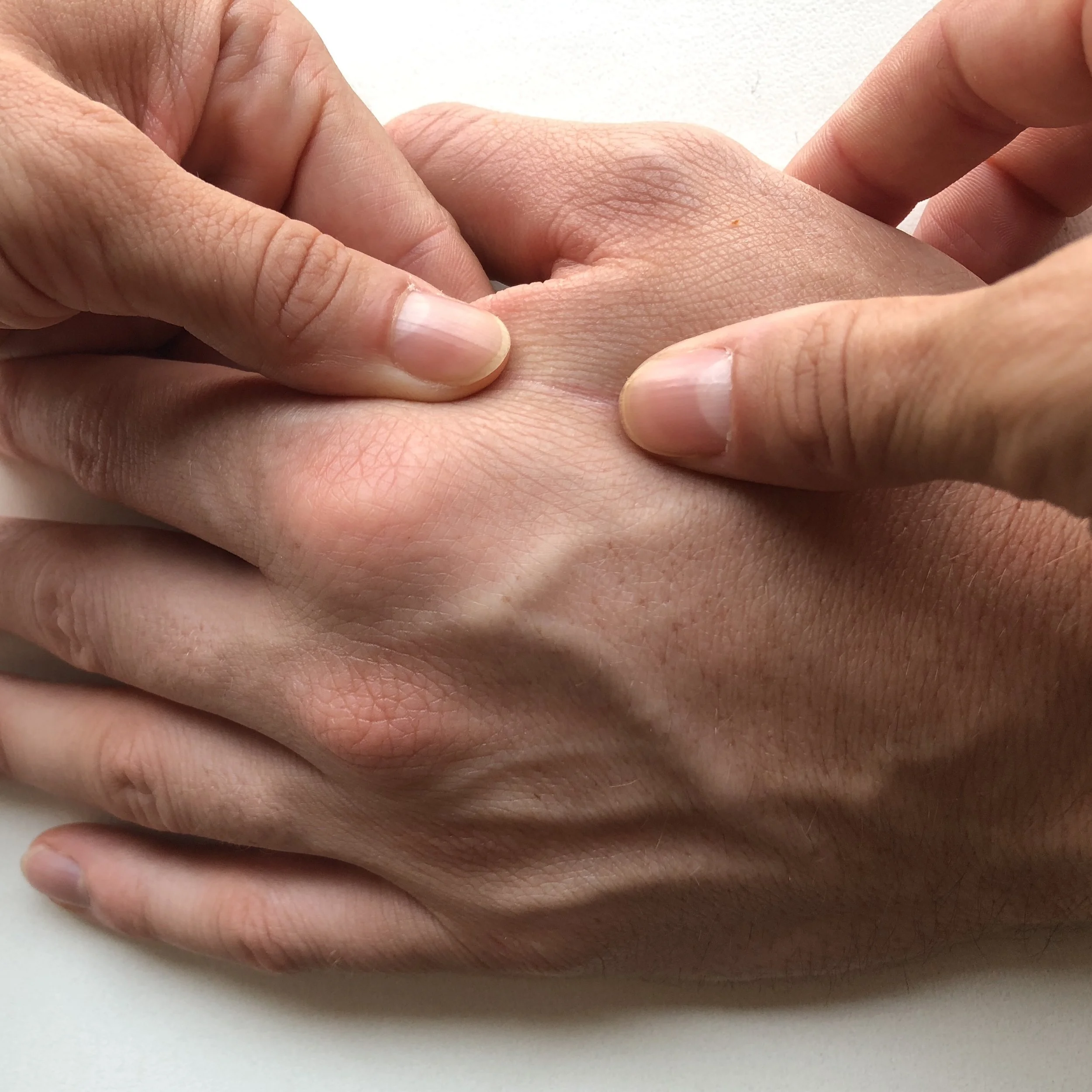Management of Cesarean Scars
“Between 1996 and 2007, the cesarean delivery rate in the United States increased from just over 20% to more than 31%.”
With nearly one-third of women having cesarean delivery, the rate of complications due to scaring has also increased. Between 1996 and 2007, the cesarean delivery rate in the United States increased from just over 20% to more than 31%.* If you have surgical scar tissue or scar tissue formation from an injury, you may benefit from osteopathic treatment to help reduce the scar.
Why Does Scar Tissue Form?
Scar tissue forms after an injury to the normal collagen cells in the body. If you cut yourself, have surgery, or tear tissue in the body, scar tissue will develop. The development of scar tissue is part of the normal healing process in the body.
Cesarean Scar Tissue Complications
The surgical scar will have direct links to the perineal fascia and its connection with the transversalis fascia. These scars can interfere with fascial load distribution, which can create adhesions to neighboring tissues which may prevent normal range of motion from occurring. The abdominal and pelvic viscera and surrounding anatomical structures are then potentially disrupted, causing inadequate nutrition/blood supply and inappropriately distributed tension among the various structures affected. Osteopathic treatment, along with exercises and other treatment techniques, can help loosen the scar tissue and ensure that proper remodeling takes place. Remodelling of the scar tissue is an important step to achieving full range of motion back to the surrounding structures.
Here are 3 techniques to work on breaking up the scar tissue:
Longitudinal Spread
Create a longitudinal stretch on the scar until you feel a release is achieved.
Lateral Spread
Spread your fingers along the scar on either side to create a spread between the fingers & between each hand in order to gain the depth parameter. Pursue until a release is felt.
Pinch & Roll
From the lift of the tissue, roll the fingers back and forth until you feel the area most restricted and then hold until you feel a separation/release of the tissue.
*The Journal of the American Osteopathic Association, July 2016, Vol. 116, e22-e30. doi:10.7556/jaoa.2016.093




